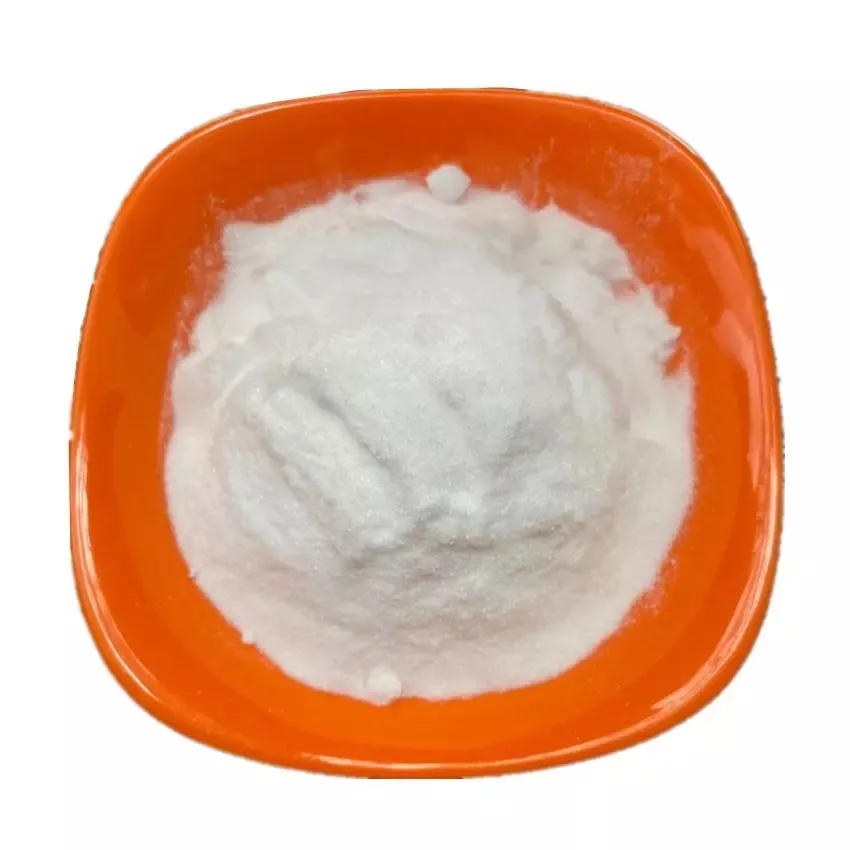 Email: sale@hebeidisha.com
Email: sale@hebeidisha.com
 Tel: +86 13315186550
Tel: +86 13315186550
- Afrikaans
- Albanian
- Amharic
- Arabic
- Armenian
- Azerbaijani
- Basque
- Belarusian
- Bengali
- Bosnian
- Bulgarian
- Catalan
- Cebuano
- China
- China (Taiwan)
- Corsican
- Croatian
- Czech
- Danish
- Dutch
- English
- Esperanto
- Estonian
- Finnish
- French
- Frisian
- Galician
- Georgian
- German
- Greek
- Gujarati
- Haitian Creole
- hausa
- hawaiian
- Hebrew
- Hindi
- Miao
- Hungarian
- Icelandic
- igbo
- Indonesian
- irish
- Italian
- Japanese
- Javanese
- Kannada
- kazakh
- Khmer
- Rwandese
- Korean
- Kurdish
- Kyrgyz
- Lao
- Latin
- Latvian
- Lithuanian
- Luxembourgish
- Macedonian
- Malgashi
- Malay
- Malayalam
- Maltese
- Maori
- Marathi
- Mongolian
- Myanmar
- Nepali
- Norwegian
- Norwegian
- Occitan
- Pashto
- Persian
- Polish
- Portuguese
- Punjabi
- Romanian
- Russian
- Samoan
- Scottish Gaelic
- Serbian
- Sesotho
- Shona
- Sindhi
- Sinhala
- Slovak
- Slovenian
- Somali
- Spanish
- Sundanese
- Swahili
- Swedish
- Tagalog
- Tajik
- Tamil
- Tatar
- Telugu
- Thai
- Turkish
- Turkmen
- Ukrainian
- Urdu
- Uighur
- Uzbek
- Vietnamese
- Welsh
- Bantu
- Yiddish
- Yoruba
- Zulu
Nov . 13, 2024 20:01 Back to list
'xanthan gum combined with oil creates a stable emulsion.'
Xanthan Gum Combined with Oil Creates a Stable Emulsion Exploring the Science and Applications
In the world of food science and industrial applications, emulsions play a pivotal role in creating stable mixtures of two immiscible liquids, such as oil and water. A classic example of an emulsion is mayonnaise, where oil droplets are dispersed in a water-based phase, creating a creamy and stable product. One of the most effective ingredients for stabilizing such emulsions is xanthan gum, a polysaccharide derived from the fermentation of sugars by the bacterium *Xanthomonas campestris*. This article explores the properties of xanthan gum, how it interacts with oil to create stable emulsions, and its various applications in food and other industries.
Xanthan gum is known for its unique ability to thicken liquids and stabilize emulsions. Its molecular structure consists of a chain of glucose, mannose, and glucuronic acid units, which allows it to form a gel-like consistency in solution. This characteristic is particularly useful when creating emulsions, as it increases the viscosity of the continuous phase, providing the necessary support to keep dispersed droplets from coalescing. The result is a stable emulsion that maintains its homogeneity over time.
When xanthan gum is combined with oil, it forms a network that entraps the oil droplets, preventing them from merging or separating from the aqueous phase. This stabilizing effect is due to xanthan's ability to interact with both hydrophilic and hydrophobic substances. The hydrophilic regions of the xanthan molecules interact with water, while the hydrophobic sections can interact with oil, providing a balanced and stable emulsion. The shear-thinning property of xanthan gum further enhances its effectiveness; this means that the viscosity decreases under shear stress, such as during mixing or pumping, allowing for easy application while maintaining stability in the finished product.
'xanthan gum combined with oil creates a stable emulsion.'

The applications of xanthan gum combined with oil are numerous and diverse. In the food industry, it is often used in salad dressings, sauces, and spreads to ensure a consistent texture and extend shelf life. For instance, in salad dressings, xanthan gum helps emulsify the oil and vinegar, preventing separation and providing a smooth mouthfeel. Moreover, it can enhance flavor release and improve overall product quality.
Beyond food products, xanthan gum is also utilized in various other industries. In personal care, it is a common ingredient in lotions and creams, providing a stable emulsion that enhances the product's application and sensory attributes. In pharmaceuticals, it serves as a stabilizing agent in drug formulations, ensuring uniformity and efficacy. Additionally, in the oil and gas industry, xanthan gum is used in drilling fluids to maintain wellbore stability and improve the efficiency of the drilling process.
One of the significant advantages of using xanthan gum is its ability to function effectively even at low concentrations, which makes it a cost-effective solution for emulsion stabilization. Furthermore, it is gluten-free, non-GMO, and compliant with various dietary restrictions, appealing to health-conscious consumers and manufacturers seeking natural ingredients.
In conclusion, the combination of xanthan gum with oil leads to the creation of stable emulsions that are essential in both food and non-food applications. Its unique properties not only enhance texture and flavor in food products but also provide functionality across various industries. As research continues to unveil new applications and improve formulations, xanthan gum's role in stabilizing emulsions will undoubtedly remain significant, ensuring that consumers enjoy high-quality products with improved performance and stability.
Latest news
-
Certifications for Vegetarian and Xanthan Gum Vegetarian
NewsJun.17,2025
-
Sustainability Trends Reshaping the SLES N70 Market
NewsJun.17,2025
-
Propylene Glycol Use in Vaccines: Balancing Function and Perception
NewsJun.17,2025
-
Petroleum Jelly in Skincare: Balancing Benefits and Backlash
NewsJun.17,2025
-
Energy Price Volatility and Ripple Effect on Caprolactam Markets
NewsJun.17,2025
-
Spectroscopic Techniques for Adipic Acid Molecular Weight
NewsJun.17,2025